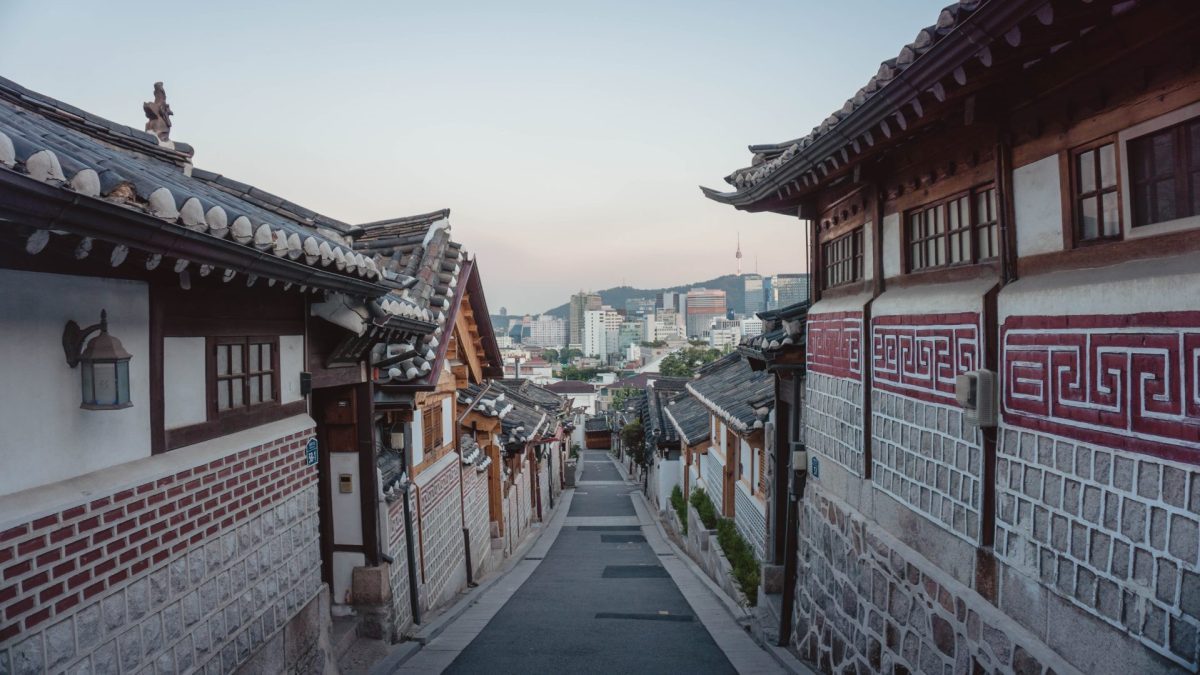How to Plan Your Tijuca Forest Adventure History Half-Day Hike in Rio de Janeiro
If you’re planning a trip to Rio de Janeiro, then hiking in Tijuca Forest National Park should definitely be on your list of things to do. The Tijuca Forest Adventure History Half-Day Hike is an excellent way to explore this amazing part of the world. This moderate 6 km hike takes about 3 hours with an elevation gain of 354m, and it’s perfect for those who want to challenge themselves while soaking up some of the area’s history.What You’ll Experience
The tour starts by taking you through trails made in the 19th century, a period when Tijuca Forest was occupied by coffee plantations. As you hike along the roughly 6 km long path, you’ll discover the rich history of the park, which is the world’s largest replanted urban forest. The hike will take you to lesser-known attractions in Tijuca National Park Circuit, including the Mayrink Chapel from 1850, the Cova da Onça Suspension Bridge, Morcego’s Grotto (the largest gneiss cave in Brazil), and the Eucalyptus Forest that houses an old slave cemetery. At the Taunay Waterfall, which is the largest waterfall in the park, take a break to appreciate the stunning beauty of nature. If you’re looking for a chance to cool off during your hike head to the Baronesa Cascade waterfall where you can enjoy underneath the water. Then start your journey back to your starting location.Highlights
The Tijuca Forest Adventure History Half-Day Hike offers some of the following highlights:- A moderate hike that will challenge you
- An opportunity to explore a variety of different sites within the Tijuca Forest
- Vistas of the largest waterfall in the National Park, the Cascatinha Taunay.
- A visit to Mayrink Chapel from 1850
- A walk across Cova da Onça Suspension Bridge
- A chance to see the largest gneiss cave in Brazil, Morcego’s Grotto.
- Cooling off at the Baronesa Cascade waterfall
Fitness Requirements
To participate in this hike, you should be relatively fit. With a length of approximately 6 km (3.7 mi), the hike requires moderate stamina. However, it’s not too strenuous, making it a good option for those who don’t have as much hiking experience.Booking Your Tour
You can book the Tijuca Forest Adventure History Half-Day Hike with GetYourGuide, a reputable travel booking website. The tour includes an experienced guide who can provide insights into the history and ecology of the area. They’ll be able to help you navigate the trail, and they’ll ensure your safety throughout the hike. Click here to book the tour:Book the tour here.Tips for Your Hike
Here are some tips to help make your Tijuca Forest Adventure History Half-Day Hike more enjoyable:- Wear comfortable hiking shoes.
- Bring a backpack to carry water and a snack, as well as any other gear you may need.
- Wear sunscreen and a hat since the sun can be strong in Rio de Janeiro.
- Make sure you bring a camera to take photos of the stunning views along the trail
Book Your Tour Now
The Tijuca Forest Adventure History Half-Day Hike is a fantastic way to explore Tijuca Forest National Park and learn about its history. With so many unique sights to see along the trail, you’re sure to come away from the experience with a new appreciation for Rio de Janeiro’s natural beauty. Whether you’re an experienced hiker or you’re just getting started, the moderate difficulty level of this hike makes it an excellent choice for anyone who loves exploring the outdoors.
Frequently Asked Questions (FAQ) about Rio de Janeiro
1. What is Rio de Janeiro?
Rio de Janeiro is a vibrant and colorful city located in southeastern Brazil. It is known for its stunning beaches, lively carnivals, samba music, and rich cultural heritage. It is also the second-largest city in Brazil and home to more than six million people.2. What are the top tourist attractions in Rio de Janeiro?
Christ the Redeemer
One of the top attractions in Rio de Janeiro is the iconic Christ the Redeemer statue. It is a world-famous landmark that sits on top of Corcovado mountain and offers breathtaking views of the city.Sugarloaf Mountain
Another popular attraction is Sugarloaf Mountain. It is a must-visit spot for tourists who want to witness some of the most stunning views of Rio de Janeiro.Copacabana Beach
Copacabana beach is one of the most famous beaches in the world. It stretches for over 2.5 miles and offers a range of activities for tourists, including swimming, sunbathing, and beach volleyball.Tijuca National Park
Tijuca National Park is a beautiful urban forest and the largest urban forest in the world. It offers a range of hiking trails, waterfalls, and wildlife, and is a perfect spot for nature lovers.3. What is the best time to visit Rio de Janeiro?
The best time to visit Rio de Janeiro is during the summer months, which fall between December and March. However, it’s important to note that this is also the peak season, so prices for accommodation and flights may be much higher.4. What is the Rio Carnival?
The Rio Carnival is one of the biggest and most famous carnivals in the world. It is a four-day long festival that takes place in February or March every year. It features colorful parades, samba music, and dancing in the streets.5. Is Rio de Janeiro safe for tourists?
Rio de Janeiro has a reputation for being a dangerous city, but with the right precautions, it can be a safe city to visit. Tourists are advised to stay in well-lit and well-trafficked areas, avoid carrying large amounts of cash, and keep a close eye on their belongings.6. What is the local cuisine in Rio de Janeiro?
The local cuisine in Rio de Janeiro is a fusion of Portuguese, African, and indigenous influences. Some of the popular dishes include feijoada (a stew made with black beans, pork, and sausage), churrasco (Brazilian-style barbecued meat), and pão de queijo (cheese bread).7. What is the currency in Rio de Janeiro?
The currency in Rio de Janeiro and throughout Brazil is the Brazilian Real (BRL). It’s a good idea to exchange your currency before arriving in the city or withdraw money from ATMs located throughout the city.8. What is the public transportation system like in Rio de Janeiro?
Rio de Janeiro has an extensive public transportation system that consists of buses, subway, and light rail. The subway is a convenient way to get around, especially for tourists, as it connects some of the major tourist attractions in the city.9. What is the language spoken in Rio de Janeiro?
The official language spoken in Rio de Janeiro and throughout Brazil is Portuguese. However, many people in Rio de Janeiro also speak English, especially in areas frequented by tourists.10. Are there any cultural events in Rio de Janeiro?
Rio de Janeiro is home to several cultural events including the Rio de Janeiro International Film Festival, the Rio de Janeiro Fashion Week, and the Rio de Janeiro Book Fair. These events attract visitors from all over the world and offer a glimpse into the cultural scene of the city.
How to Spend Your Time as a Tourist in Rio De Janeiro
Rio De Janeiro, Brazil is a diverse and exciting city that offers its visitors a wide range of experiences. From lovely beaches and exciting nightlife to historical sites and charming neighborhoods, there is something for everyone in Rio. In this guide, we’ll share some tips on how to spend your time as a tourist in Rio De Janeiro.1. Visit Christ the Redeemer
One of the most iconic sights in Rio De Janeiro is Christ the Redeemer, a statue that sits atop Corcovado Mountain. Not only is the statue mesmerizing in its massive size, but the views from the top of the mountain are breathtaking. Visitors can reach the top by taking a train, and the journey itself is an experience. The train winds its way through the jungle, giving visitors glimpses of the city and coastlines along the way.2. Explore Copacabana Beach
Copacabana Beach is one of the most famous beaches in the world and a must-visit in Rio De Janeiro. With its white sand and clear blue water, Copacabana is a great place to relax and take in the beauty of the city. Visitors can rent beach chairs and umbrellas, grab a drink from a beach vendor, or take a dip in the ocean. There are also plenty of shops and restaurants nearby, making it a great place to spend a day.3. Wander through Santa Teresa
For a taste of old-world Rio De Janeiro, head to the neighborhood of Santa Teresa. This charming neighborhood is known for its narrow, winding streets, colonial architecture, and artistic vibe. Visitors can wander through the streets, admiring the colorful buildings and street art. There are also plenty of cafes, restaurants, and shops to explore, making it a great place to spend an afternoon.4. Explore the Historical Center
The historical center of Rio De Janeiro is a fascinating place to explore. This area is home to some of the city’s oldest buildings and most significant cultural sites. Visitors can check out the Imperial Palace, walk along the waterfront, or explore the many museums and galleries in the area. Be sure to keep an eye out for street performers and vendors selling traditional snacks and souvenirs.5. Take a Samba Lesson
Samba is a vital part of Brazilian culture, and taking a samba lesson is a unique way to experience it. Visitors can sign up for a lesson with a local dance school and learn the basics of this lively and rhythmic dance. It’s a fun way to immerse yourself in Brazilian culture and get some exercise at the same time.6. Visit Sugarloaf Mountain
Sugarloaf Mountain is another must-visit landmark in Rio De Janeiro. The mountain is known for its dramatic views and is the perfect place to watch the sunset. Visitors can reach the top by cable car or by hiking, and the views from the top are worth the trip. There are also plenty of restaurants and bars nearby, so visitors can enjoy a drink while taking in the view.7. Attend a Football Match
Football (or soccer) is a passion in Brazil, and attending a match is an unforgettable experience. The Maracana Stadium is one of the most famous stadiums in the world and is home to some of Brazil’s most popular teams. Visitors will feel the energy of the crowds and get a taste of Brazil’s love of football.Book Your Tour Now
Rio De Janeiro is a vibrant and exciting city that has much to offer visitors. From historical sites and charming neighborhoods to lovely beaches and iconic landmarks, there is something for everyone in Rio. By following the tips in this guide, visitors can have a memorable and enjoyable trip to Rio De Janeiro.Table of Contents

